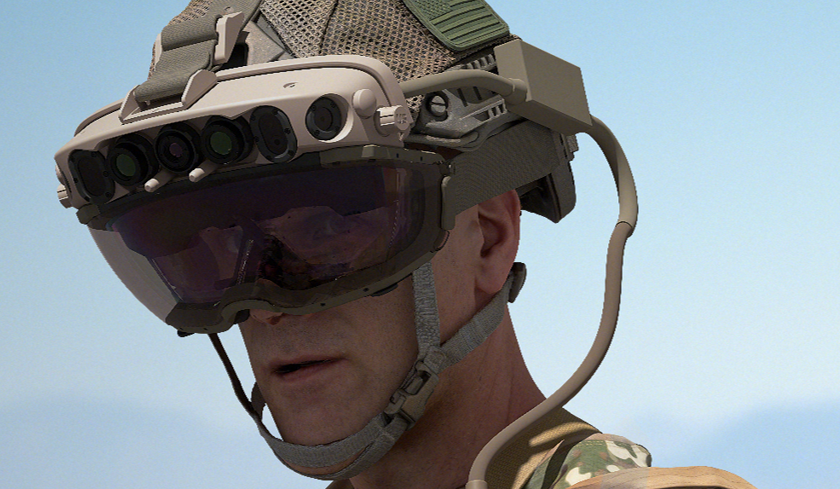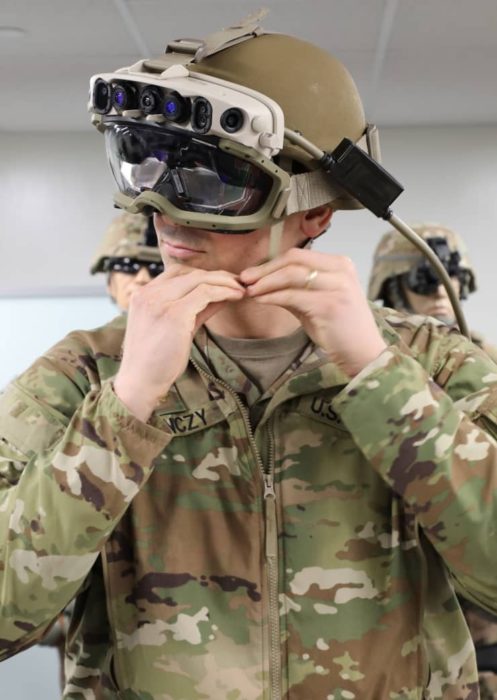Integrated Visual Augmentation System (IVAS) Lesson Overview
Lesson Title: Introduction to the Integrated Visual Augmentation System (IVAS)
Objectives
- Understand the purpose and capabilities of IVAS.
- Explore the key components and technologies used in IVAS.
- Discuss the potential applications and benefits of IVAS in military and civilian contexts.
1. Introduction to IVAS
- Definition: IVAS is a state-of-the-art augmented reality system designed to enhance situational awareness for soldiers and operators.
-
Purpose: It integrates advanced technologies to provide real-time data, imagery, and analytics, improving decision-making and operational effectiveness.

2. Key Components of IVAS
- Optical Displays: Transparent displays that overlay digital information onto the user's field of view.
- Sensors: Cameras, thermal sensors, and environmental sensors that gather data from the surroundings.
- Processing Unit: A powerful processor that manages data collection, processing, and display.
- Connectivity: Wi-Fi and Bluetooth for connectivity with other devices and networks.
3. Technologies Used
- Augmented Reality: Combines digital information with real-world environments.
- Artificial Intelligence: Enhances data processing and decision support.
- Machine Learning: Improves system performance through adaptive learning from user interactions.
- Sensor Fusion: Integrates data from multiple sensors to provide a comprehensive situational picture.
4. Applications of IVAS
- Military Operations: Enhancing battlefield awareness, target identification, and navigation.
- Training and Simulation: Providing immersive training experiences that simulate real-world scenarios.
- Search and Rescue: Assisting in locating and identifying targets in challenging environments.
- Civilian Use: Potential applications in law enforcement, emergency response, and industrial settings.
5. Benefits of IVAS
- Enhanced Situational Awareness: Provides critical information in real-time, improving decision-making.
- Increased Safety: Enables operators to assess threats without exposing themselves to danger.
-
Improved Collaboration: Facilitates communication and information sharing among team members.

6. Challenges and Considerations
- Technological Limitations: Issues like battery life, weight, and environmental durability.
- Training Requirements: Ensuring that users are adequately trained to utilize the system effectively.
- Privacy and Security: Addressing concerns related to data security and user privacy.
Conclusion
The Integrated Visual Augmentation System (IVAS) represents a significant advancement in augmented reality technology, with the potential to transform how military and civilian operations are conducted. Understanding its components, applications, and benefits highlights its importance in enhancing situational awareness and operational effectiveness.
Discussion Questions
- What are the most critical features of IVAS that enhance situational awareness?
- How can IVAS be adapted for use in civilian applications?
- What challenges do you foresee in the widespread adoption of IVAS technology?


